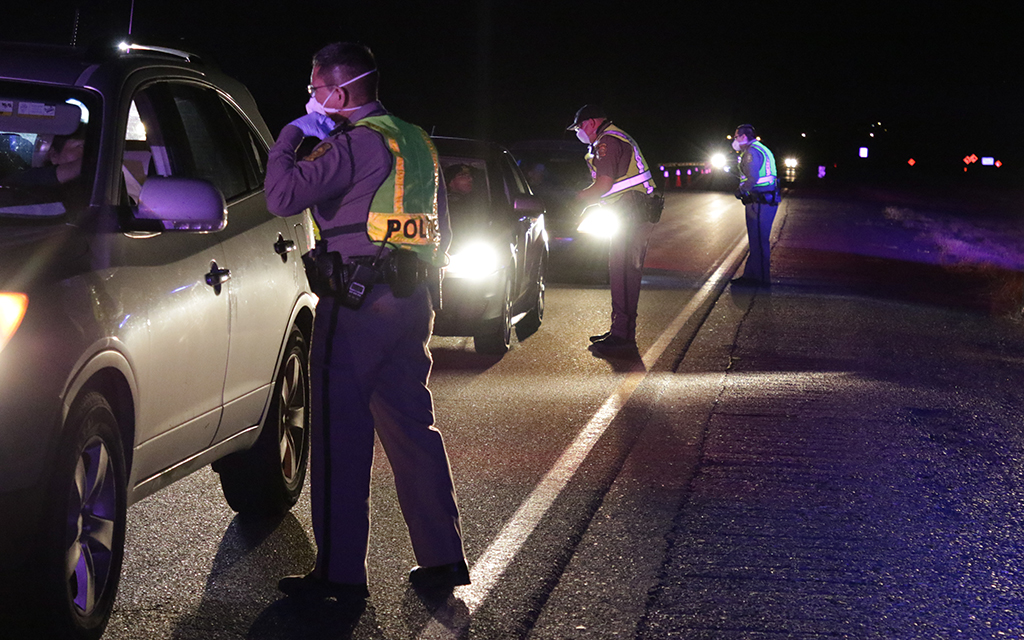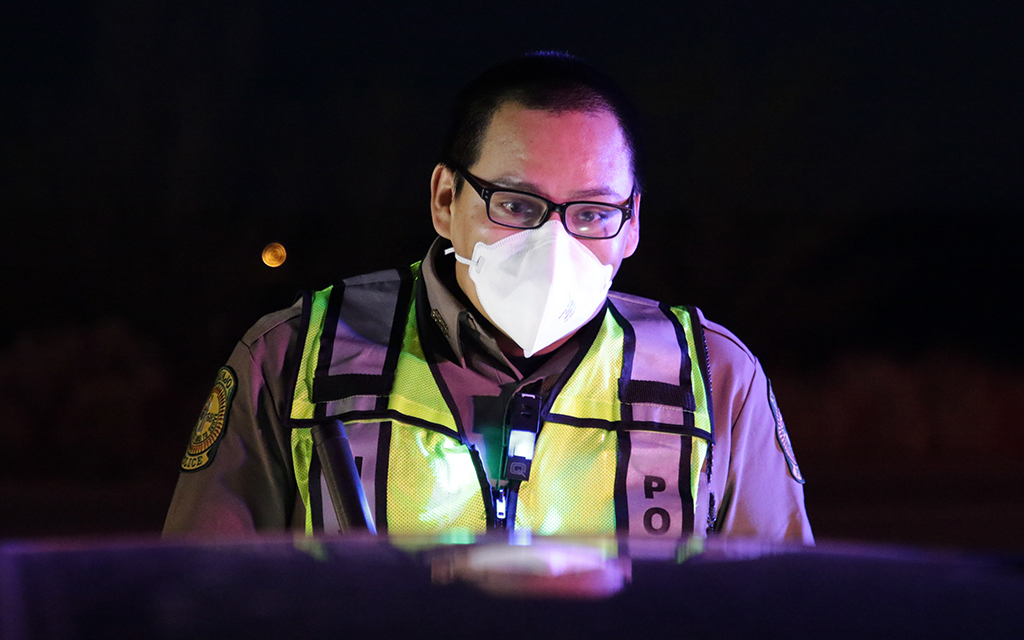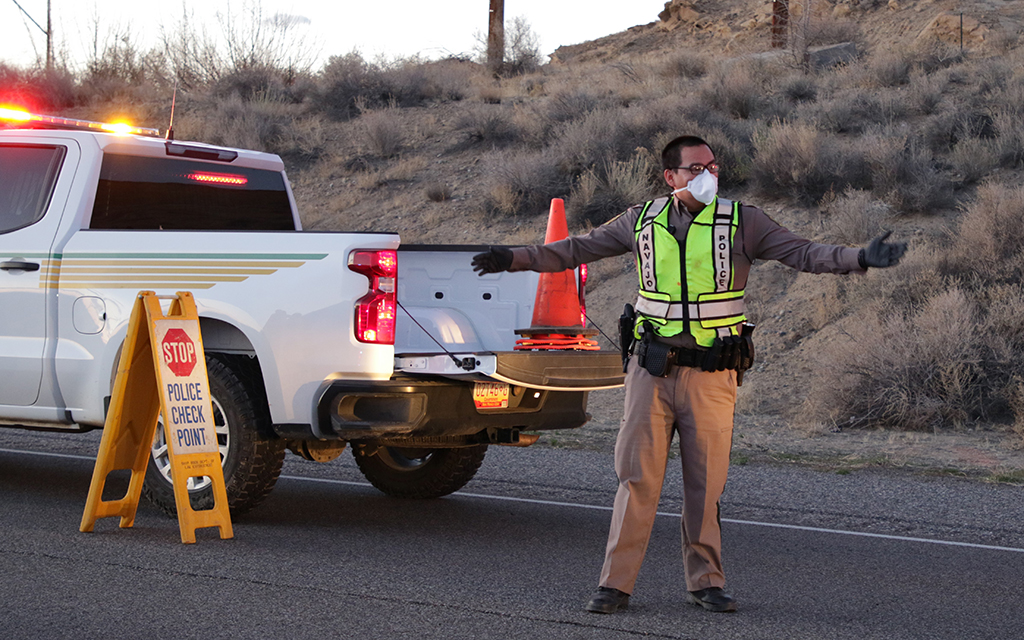Lawmakers back police fund, but don’t set it up
In late 2020, former tribal council delegate Stewart sponsored a bill to direct revenue collected from curfew violations to the police department to buy PPE.
Members of the 24th Navajo Nation Council and then-President Jonathan Nez supported the financial initiative to help the police department.
The measure, however, required the Division of Public Safety to set up a special fund management plan, so that revenue from the citations could be put into a separate fund for police use.
Supporters of the bill said the fund management plan would prevent any fines from going into the tribe’s general fund.
In the tribal council resolution Nez signed, the public safety division had 30 days to present a fund management plan to two tribal council committees as part of the process to establish the fund.
No plan was ever presented, and the fund was not established, the tribe’s legislative services office and the controller’s office confirmed.
“No revenue source was generated due to FMP (fund management plan) not being established,” the police department said in response to questions about the fund.
Former Division of Public Safety Executive Director Jesse Delmar declined to comment about the fund and referred questions to the current division director. “I no longer have a voice with the Navajo Nation government,” Delmar wrote in an email on April 20.
Since no fund was set up, any amount collected from fines was deposited into the tribe’s general fund.
In the end, the police department did get enough protective gear, Francisco said. It received federal COVID-19 funds and was also able to use PPE that the tribe’s casinos weren’t using because they were closed.
At any given time, Francisco said, 25% of his officers were sick with COVID-19 and out of commission.
The virus also sickened or killed frontline workers from other agencies.
Among those who died from the virus were Navajo Police Officer Michael Lee, a 29-year veteran of the department, and Esther Charley, a criminal investigator. Both died in June 2020. Approximately 2,100 people died of COVID-19 on the Navajo Nation, according to the Navajo Department of Health.





